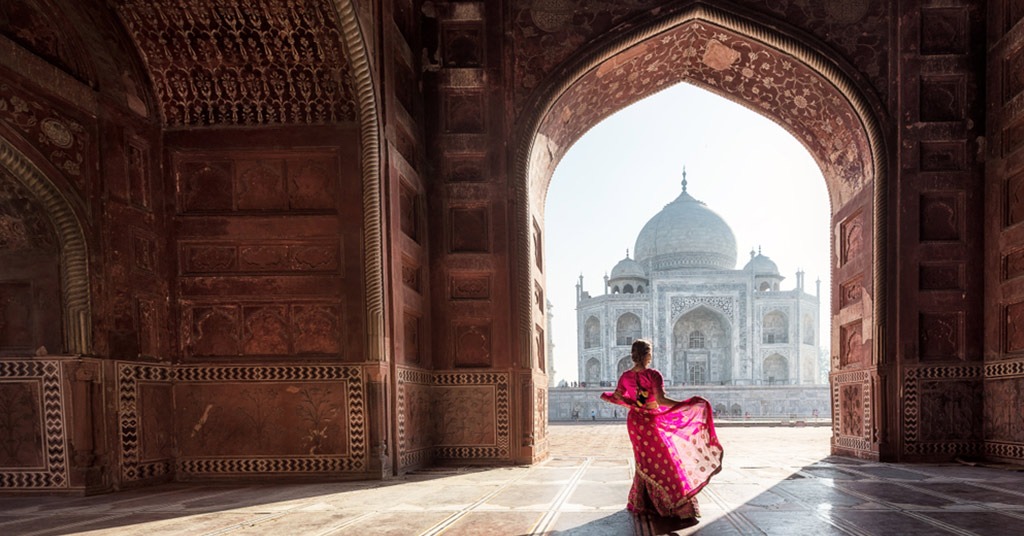Payment innovations transforming the Indian economy during the last decade are now available globally via open APIs

Source: shutterstock.com
Tech innovations transforming the Indian economy during the last decade are now available globally. The country has generously offered e-governance tools – including the Unified Payments Interface (UPI) and Aadhaar identity service – for use in other countries via open APIs. At the inauguration of the Digital India Week 2022, Indian PM Shri Narendra Modi launched an initiative called “Indiastack.global”.
Any government agency or institution can access the India Stack website with a set of open APIs and digital public goods. The solutions presented by the project address three main economic aspects:
- Identity – giving every citizen a unique digital ID;
- Payments – interoperable, fast, and cheap universal system available on mobile devices;
- Data empowerment – secure sharing of sensitive data.
As the project claims, “it can be applied to any nation, be it a developed one or an emerging one.” In fact, UPI itself was inspired by the success of Kenyan M-PESA, which promoted financial inclusion and revolutionised national banking services.
In India, the age of digital payment started in 2016. That’s when the United Payments Interface (UPI) launched. Every Indian citizen received an opportunity for a formal smartphone-enabled bank account. Taking part in a digital economy rapidly changed the lives of ordinary citizens. India Stack’s open networks also established a level playing field for members of a digital ecosystem. The system enhanced interoperability between money custodians, payment rails and front-end payment applications.
UPI has quickly become one of the largest payment networks by volume, behind only Visa, Alipay, WeChat Pay, and MasterCard. In FY22, UPI processed more than 46 billion transactions amounting to over Rs 84.17 trillion, passing the $1 trillion mark. The number and amount of transactions rose twofold compared to FY21.
In a speech during the inauguration ceremony of Digital India Week 2022, Indian Prime Minister Narendra Modi hailed UPI as the centre of financial hub attraction appreciated by the World Bank and others. We have scale in our digital solutions. They are secure and have democratic values,” he added.
Indeed, the innovations erased the financial inclusion divide between rural and urban areas. Even beggars on the Indian street can now accept donations digitally. Since UPI’s launch, India has been improving financial inclusion at a CAGR of 5%+ rate. Moreover, in March 2022, the Reserve Bank of India made a revolutionary update to India’s payments ecosystem, launching a version of UPI which can be used on feature phones. This step will introduce millions of people who don’t possess smartphones to the convenience of digital payments.
None of the systems included in India Stack requires proprietary technology or intellectual property. No substantial investments are needed to customise the API set for particular national needs. Therefore, interested organisations can seamlessly implement the project elements in any corner of the world.
SEE ALSO:
India allows the operation of Mastercard in the country
Wirex and Polygon collaborate for launch of new payment method in India on mass-market wallet









